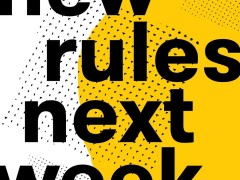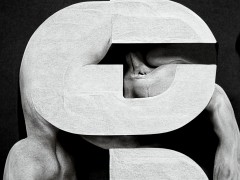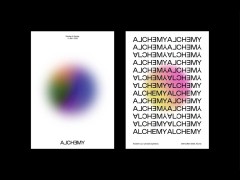A.I., NFTs and whatnot: Is this the future of typography?
Midjourney, ChatGPT, NFTs, A.I. tools - that’s all we hear lately in every conversation among designers, artists and all around creatives. What’s going on?
For typography and type designers, the talk about NFTs started around 2020 but really caught our attention in 2022, when Monotype included NFTs and NF-Type in their Type Trends report. According to the report NFTs were “something to watch out for”, but with extra caution because as they made sure to clarify “NFT buyers are purchasing digital rights to artwork, but type designers and foundries won’t benefit until a font licensing system is built into NFT marketplaces''.
NFTs were on the spotlight with Helvetica the NFT by Monotype and KnownUnknown, NFTYPE by NFTXYZ and of course Font.Community. This initiative tried to provide a platform that could answer a lot of the world’s concerns by creating a “NFT based, decentralized - owned and managed by its users - marketplace”, in order to “disrupt and democratize the font marketplace”. There each font is a unique NFT that designers can sell and rent for interest or they can just earn license fees and also borrow money or raise funds for their next project.
Sounds exciting but the fuzz around NFTs in type design kind of got swept away by 2023. A lot of backlash came because of their environmental impact. Most NFTs use Ethereum blockchain, with mining processes that carry a significantly huge carbon footprint. Also, it seems that the NFT marketplace is still not the safest place for investors. In the words of renowned digital artist DotPigeon “Every day someone is getting scammed, people are losing (sometimes life-changing) money for clicking the wrong link and so on”. It is pretty apparent that the NFT world is a lot more complex and increasingly difficult for artists and audiences to navigate. NFTs are still hot in the game - don’t fool yourselves - but it seems like they will not prevail in the art world (yet).
On the other hand, A.I. and all the new tools appearing everyday seem to be doing better when it comes to popularity, opportunities and accelerated evolution. Some creatives see the recent developments under an optimistic scope, spotting opportunities, “harnessing” the power of these new technologies, while others have gone into full doomer mode, predicting an ominous future where A.I. has taken over and creatives will no longer be needed at all, while big companies will make huge profits.
First of all, A.I. can be a powerful tool for all creatives and type designers too, making their lives easier, saving time and effort by automating mundane tasks. There are a lot of useful and fun tools coming up every day that provide suggestions for font pairings, character recognition and text layout optimization. However, when it comes to designing a font, the results may not be as enthusiastic (yet). One of the first efforts to do so came from Erik Bernhardsson. He analyzed 50k fonts using deep neural networks and managed to produce new typefaces but the final product was kind of underwhelming, although it opened up the discussion and probably the road to better creations.
Probably the most interesting trend is A.I.-generated experimental typography, mostly in the form of images that depict otherworldly letterforms, and Monotype agrees too — based on the Type Trends report for 2023. For example, everyone is talking about Gianpaolo Tucci’s experimental typography on his IG based project, Aesthetics Imperfections. The rebellious artist with the huge resume, is playing with Midjourney, one of the most popular A.I. tools for image creation, pushing the boundaries of typography and producing stunning, fluid, vivid representations of letterforms. Likewise, designers Andrea Trabucco-Campos and Martín Azambuja recently published a book called “Artificial Typography” with their creations that were also produced with Midjourney. They used this multifaceted tool to re-imagine letterforms as if they were designed by legendary artists. With Midjourney, the artist takes the role of the director, giving prompts, describing the idea while the A.I. tool creates it step by step. Trambucco-Campos said about the process that “it puts an emphasis on art direction and the idea, which is what some of the best image makers spend their time on”.
So many new opportunities, tools, why is everyone so concerned? We cannot know how this whole A.I. thing will pan out. It is hard to say positive when one of the A.I. pioneers, Dr Geoffrey Hinton, decided to quit his job at Google to be able to speak freely about the dangers of the A.I. limitless possibilities. According to his opinion, the dangers of chatbots that could know too much were ‘quite scary’ and they could be exploited by ‘bad actors’. When it comes to creatives there is an unspoken fear that they might become obsolete if A.I. becomes able to do their job, faster and better while it also might lead to a homogenization of typographic styles. To be able to avoid such a catastrophe we need a major shift in our approach. As pioneer artist Gianpaolo Tucci told Typeroom, we need to “embrace AI and ML as part of the process and not as a replacement”. More specifically, we need to think of A.I. “as a mechanical rather than creative typographic tool” and “think about this technology in terms of how it might assist humans rather than usurp them” - said journalist Geoffrey Bunting in his article “AI Isn't Going to Reinvent the Alphabet Anytime Soon” for the Wired.
All in all, this new-found infusion of human creativity and machine intelligence has the potential to birth new typographic aesthetics and innovations but we need to be careful, mindful and flexible about it. There is no other way to go but embracing tech evolution but it’s crucial to strike a balance between human creativity, environmental sustainability, and inclusivity, always keeping in mind: How can we ensure equitable access to all? How can we protect creatives, designers and expand our productivity but not lose control over it? By exploring these questions and continuing the dialogue, we can shape a bright future for typography and possibly unlock new realms of expression.
Tags/ typography, type design, future, artificial intelligence, nfts, trends, midjourney

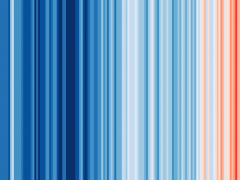
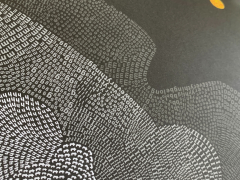
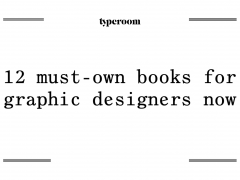
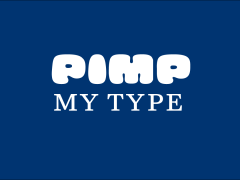
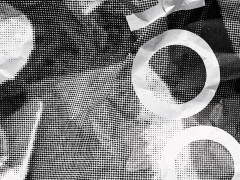

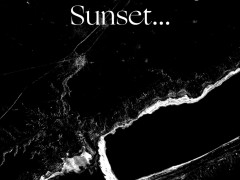
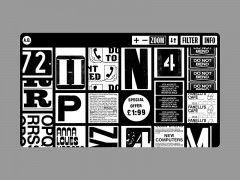
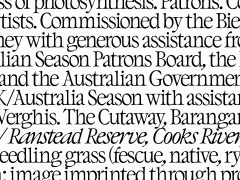
.gif)

